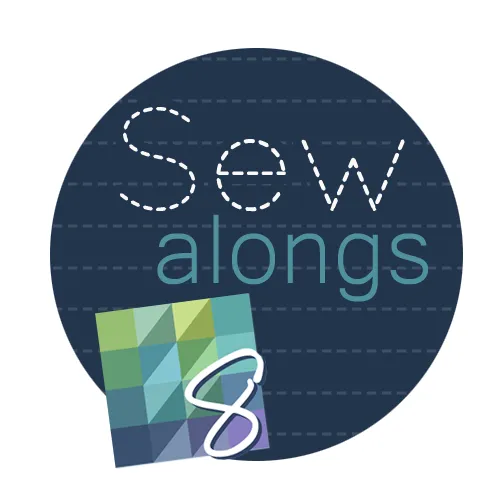 Going through some old articles we stumbled across this old article written by our own Penny McMorris back in 1994 (click here to read the full article). Yes, sixteen years ago and just a few years into The Electric Quilt Company’s existence. At that time Penny was a Art Curator for Owens Corning, and was writing a three-part series on quilting past, present, and future.
Going through some old articles we stumbled across this old article written by our own Penny McMorris back in 1994 (click here to read the full article). Yes, sixteen years ago and just a few years into The Electric Quilt Company’s existence. At that time Penny was a Art Curator for Owens Corning, and was writing a three-part series on quilting past, present, and future.
This particular article we found focuses on what sort of new technologies will affect quilting by the year 2010. Penny could not have been more right on! It’s such a fun read now that 2010 is here. Plus, the floppy disk in the illustrations bring back some memories!
Here is an excerpt from the article:
Imagine the future. Pretend it is the year 2010. You wake to NQC, your clock-television’s 24-hour National Quilting Channel. While you breakfast, a friend appears on your computer monitor, calling from Australia. She is chatting about next week’s International Quilters’ Society show. You will both attend. But you will do it from your own homes, watching it all on your computers.
Fantastic? Yes, but also feasible. New technology will make many new quilting tools, products, and events possible in the coming decades. New sewing machines, new computer software, and new ways of sharing quilting information will all become commonplace.
These innovations, while exciting, will bring change. And change can sometimes seem unsettling. So before we jump ahead, let’s consider how far we’ve come already. Think of once-high-tech wonders that are taken for granted by quiltmakers today: sewing machines, electricity, photographs, telephones, airplanes, photocopy machines. Today’s quilting industry couldn’t exist without them. Yet, these marvels were all intimidating at first. The sewing machine, for example, so frightened one 19th-century quiltmaker that she declared it “the work of the devil.” But this new invention actually gave fresh life to quilting. It didn’t replace hand sewing. It simply gave women time to do hand work when they chose to.
Today’s computer technology will also benefit quilting. By encouraging the development of innovative quilting products and tools and by attracting younger generations to quiltmaking, it will add another chapter to quilting’s history.







